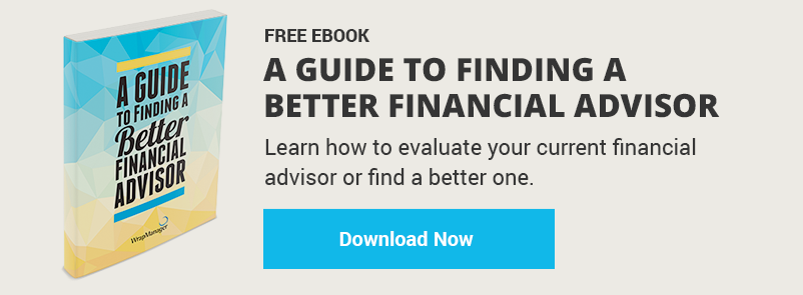 For all the media coverage garnered by the Federal Reserve (Fed) and the potential for interest rate hikes, you rarely encounter basic explanations of how the Fed actually functions. Simple questions, like: How and when was the Federal Reserve formed, and for what reason? How are meetings structured/scheduled, and what are the guidelines for making decisions?
For all the media coverage garnered by the Federal Reserve (Fed) and the potential for interest rate hikes, you rarely encounter basic explanations of how the Fed actually functions. Simple questions, like: How and when was the Federal Reserve formed, and for what reason? How are meetings structured/scheduled, and what are the guidelines for making decisions?
The Federal Reserve is arguably the most watched financial institution in the world, yet we’d venture to say that even many expert advisors are unaware of some of the basic ins-and-outs of how it works. We’ll cover a few of those here.
(In)Frequently Asked Questions about the Federal Reserve
How and when was the Federal Reserve formed, and for what reason?
The Fed was formed in December 1913, when then-President Woodrow Wilson signed the Federal Reserve Act. The Fed was created primarily in response to bank failures that beleaguered the financial system in previous years, particularly in 1907. In that year, several fraudulent stocks and bonds were sold in an attempt to corner the United Copper Company, and it led to a massive run on banks – causing a panic and numerous failures. It was decided that a central bank – the Fed – was needed to provide support in the event of future panics.
How are meetings structured/scheduled, and when do they take place?
It’s important to make a quick distinction here before we explain Fed meetings. The “Federal Reserve” is the bank of the U.S. government that regulates the country’s financial institutions. It’s made up of 12 regional banks in major U.S. cities, and it exists as an independent agency – meaning that it can make decisions (such as raising rates or instituting quantitative easing programs) without the need for Congressional or Presidential approval. In theory, it is not politically motivated, though the Fed board members are nominated by the President and approved by the Senate.1
As for the meetings that are widely covered by the media, those are actually in reference to what’s known as the Federal Open Market Committee, or FOMC. The FOMC is a subset of the Federal Reserve, and is comprised of seven members of the Board of Governors (appointed), and five of the twelve Reserve Bank presidents.
The FOMC schedules eight meetings per year, one about every six weeks or so, and they issue a policy statement after each meeting summarizing their economic outlook and the policy decision (whether or not to raise rates, for instance). Four times per year the Chairman (currently Janet Yellen) holds a press briefing to review current economic projections and to provide additional context for the FOMC's policy decisions. A full set of minutes for each FOMC meeting is published three weeks after the conclusion of each regular meeting.2
Besides setting interest rate policy, what are some of the duties of the Federal Reserve?
The Federal Reserve essentially serves as the watchdog over the nation’s banks. It supervises and regulates banks (by conducting things like stress tests) to ensure sure they are adequately capitalized and not engaging in fraudulent practices. The Fed plays a major role in clearing checks, processing electronic payments, and distributing coin and paper money to the nation's banks, credit unions, and savings & loan associations. You might think of the Fed as a “middleman” handling the transfer of cash from one bank to another, in many cases. Finally, the Fed also conducts research on the U.S. and regional economies, and distributes information through published reports like the “Beige Book.”1
What to Watch from Here
The FOMC is slated to meet again on December 15-16,3 where they will decide whether or not to raise interest rates. We've written before about how the market may react to an interest rate hike, so investors should keep an eye on the December meeting. If you would like to speak with a WealthManager about how to prepare your portfolio for rising rates, please do not hesitate to give us a call at 1-800-541-7774, or contact us here. We’d be happy to help.
Sources:
1. CNBC





